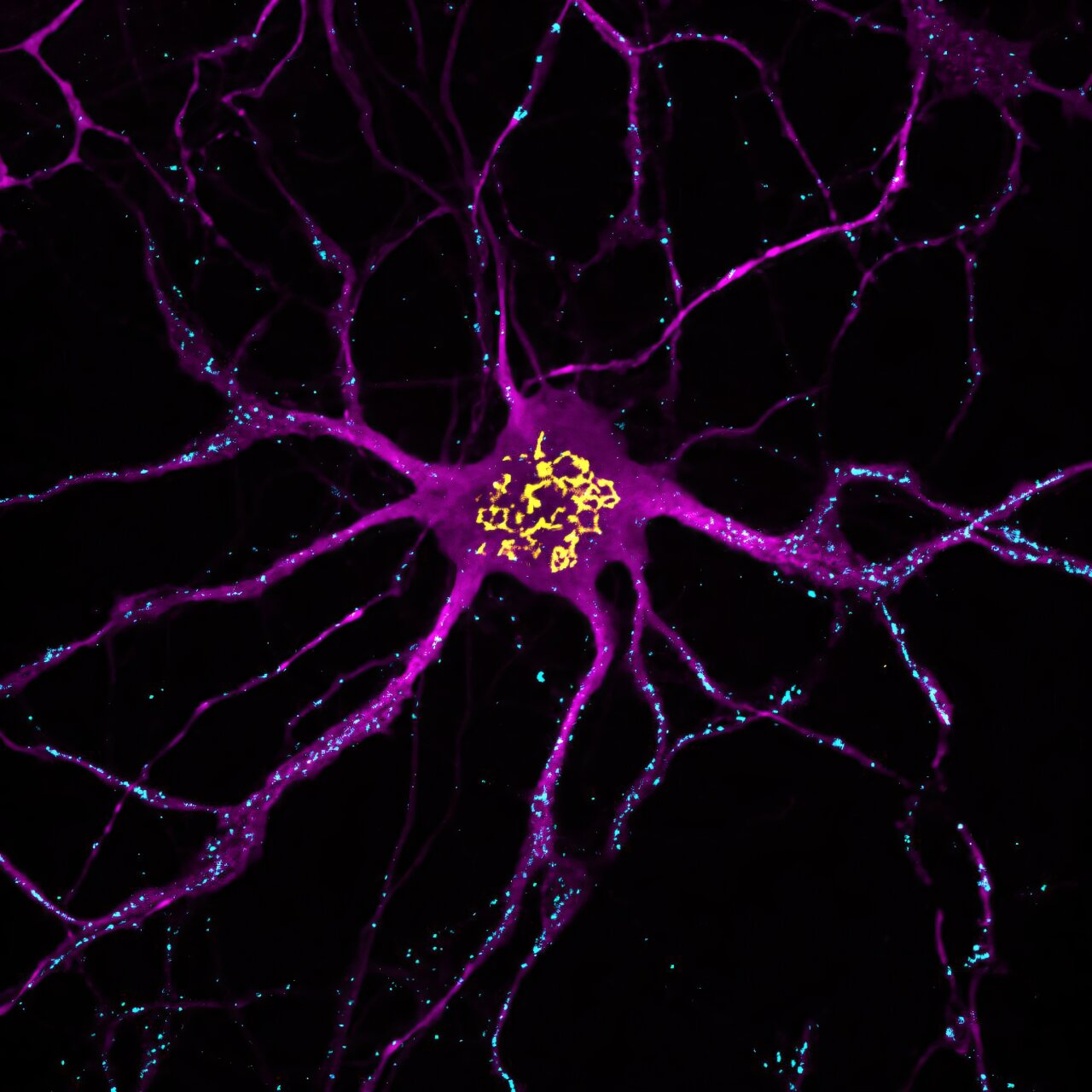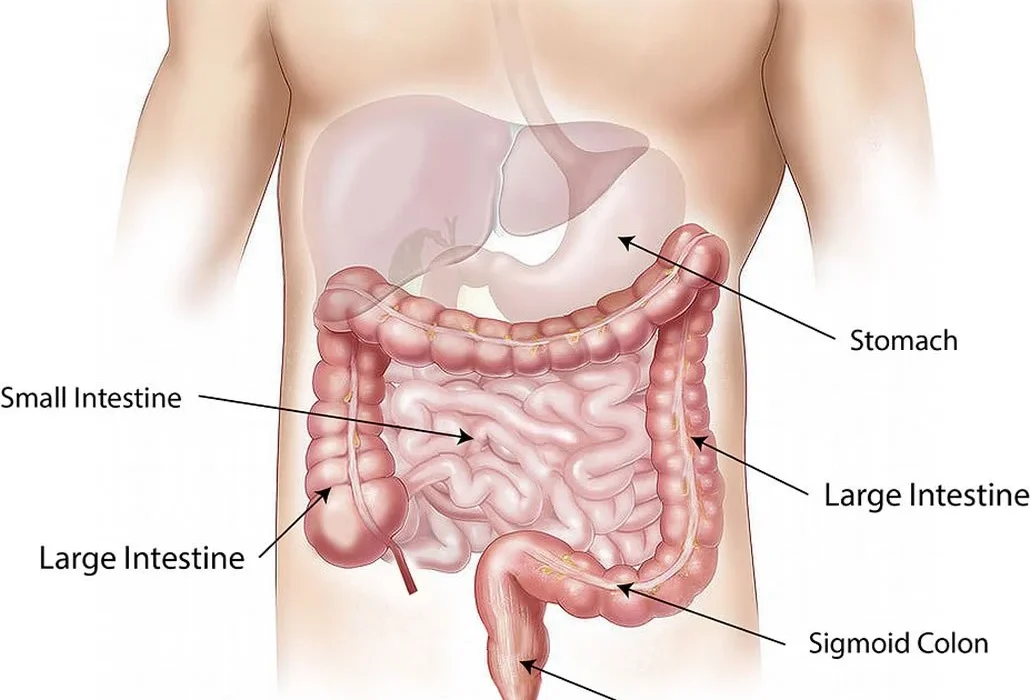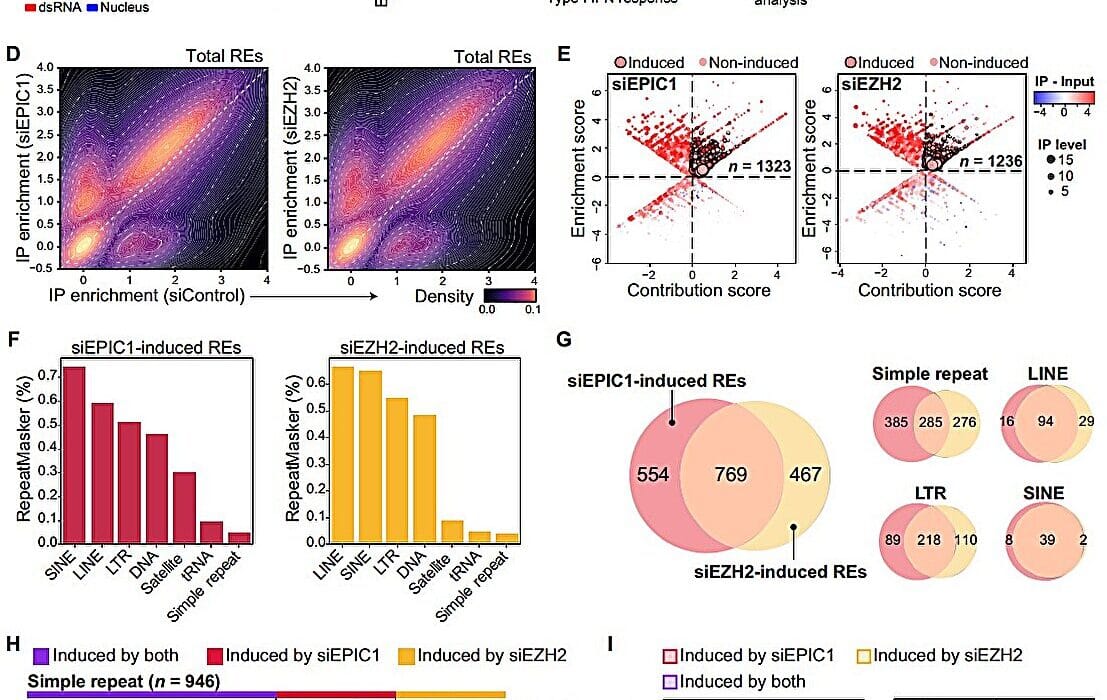For as long as modern neuroscience has existed, one belief has stood largely unquestioned: the brain, our most energy-hungry organ, is powered almost entirely by glucose. Glucose, a simple sugar, was thought to be the exclusive fuel for the firing of neurons—the microscopic messengers of thought, memory, and movement. This idea was foundational to how scientists approached brain health, disease, and treatment.
But science thrives on questioning assumptions. In a groundbreaking study published in Nature Metabolism, researchers at the University of Queensland have overturned this long-standing belief. Led by Dr. Merja Joensuu, the team has discovered that neurons do not run solely on sugar. Instead, fats—specifically small molecules called saturated free fatty acids—also play a critical role in powering the brain.
This revelation not only reshapes our understanding of how the brain functions but also offers hope for treating devastating neurological disorders that, until now, seemed untouchable.
A Surprising Discovery
The research team, including Ph.D. candidate Nyakuoy Yak and Dr. Saber Abd Elkader, set out to study a rare condition known as hereditary spastic paraplegia 54 (HSP54). This inherited disorder causes progressive weakness and stiffness in the legs and has been linked to mutations in a gene called DDHD2. The gene’s role in maintaining fat balance in the brain made it a compelling target for investigation.
What the team uncovered was striking. Neurons, it turns out, rely on saturated free fatty acids—produced by the activity of the DDHD2 gene—to generate the energy required for transmitting signals. When DDHD2 function is lost, the fat balance in the brain is disrupted, triggering the onset of HSP54 and leading to severe neurological impairment.
“We discovered that neurons use small fat molecules, called saturated free fatty acids, produced by DDHD2 for energy to sustain neuronal communication,” Dr. Joensuu explained. “Understanding this alternative brain fuel could help unlock new and more effective ways to treat energy-related brain disorders and neurodegenerative conditions.”
Challenging Decades of Assumptions
For decades, medical textbooks and scientific consensus held that neurons derived their energy almost entirely from glucose metabolism. After all, the brain consumes about 20% of the body’s energy despite making up only 2% of its mass—a staggering demand thought to be met by sugar alone.
The University of Queensland study has now shown that this model was incomplete. When the researchers attempted to compensate for DDHD2 dysfunction by increasing glucose availability, the neurons did not recover. Only when fatty acid supplements were introduced did the neurons restore their normal energy production and function.
“This was a huge paradigm shift,” Dr. Joensuu said. “It showed that healthy neurons in the brain produce saturated fatty acids that they use for fuel, and in conditions like HSP54, where this fatty acid energy pathway is faulty, the neuronal energy and damages could be repaired with fatty acid supplements.”
Hope for Debilitating Brain Disorders
This discovery is far more than an academic milestone. It provides a potential lifeline for people living with metabolic brain disorders—conditions where traditional treatments have repeatedly failed. For patients with HSP54, where the faulty DDHD2 gene disrupts fat metabolism, supplementing with activated fatty acids could restore lost neuronal energy and function.
The implications may extend beyond rare genetic conditions. Alzheimer’s disease and other neurodegenerative disorders are also associated with profound metabolic changes in the brain. If neurons are capable of using fats as an alternative or complementary energy source, therapies targeting these pathways could revolutionize how such diseases are treated.
Dr. Joensuu emphasized this point: “Given the brain’s metabolic vulnerability, and the metabolic changes in conditions like Alzheimer’s disease, this discovery could be the missing piece of the puzzle for a number of debilitating illnesses.”
The Science of Brain Fuel
To appreciate the significance of this finding, it helps to understand how neurons consume energy. Firing off an electrical signal is not a trivial task—it requires pumping ions across membranes, recycling neurotransmitters, and resetting the neuron for its next action. These activities demand vast amounts of ATP, the universal energy currency of cells.
Traditionally, ATP in the brain was thought to come almost exclusively from glucose, broken down in mitochondria through a process called oxidative phosphorylation. What Dr. Joensuu’s study reveals is that fatty acids can also be metabolized to produce ATP, providing an additional and perhaps critical source of energy.
In healthy neurons, this dual-fuel system may serve as a safeguard, ensuring reliable energy supply. But in diseased states like HSP54, when fat metabolism is disrupted, the neurons are left vulnerable, leading to dysfunction and degeneration.
Toward New Therapies
The next challenge lies in translating this discovery into treatments. In animal models, supplementing with activated fatty acids restored function to neurons with defective DDHD2, a result that glucose supplementation could not achieve. The team now plans to test the therapeutic potential of these fatty acids in preclinical studies, a necessary step before moving to human trials.
If successful, such therapies could mark a new era in neurology, where energy metabolism itself becomes a target for treatment. Instead of simply trying to manage symptoms, doctors might restore the brain’s natural ability to fuel itself, offering real recovery and hope for patients.
A Paradigm Shift in Neuroscience
Every so often, science experiences a shift so profound that it forces us to rethink the foundations of what we know. The discovery that neurons can rely on fats for fuel is one of these moments. It challenges a narrative that has dominated neuroscience for decades and opens up a new frontier of inquiry into how the brain sustains its remarkable activity.
It also reminds us of the beauty of science: that even in fields as advanced as neuroscience, the brain still holds secrets waiting to be uncovered. The implications ripple outward—from understanding rare genetic disorders to tackling widespread diseases like Alzheimer’s, Parkinson’s, and beyond.
The Road Ahead
The journey is far from over. Dr. Joensuu and her colleagues now face the complex task of determining how fatty acid metabolism interacts with other brain energy pathways, how it changes in disease, and how it can be safely and effectively harnessed in therapy.
But the breakthrough offers something rare and precious: hope. For patients with conditions once thought untreatable, the idea that a new energy source could restore function is profoundly moving. For families, it promises a future where diseases that rob memory, movement, and identity may finally be slowed or even reversed.
And for science itself, it is a reminder that the brain—our most enigmatic organ—remains full of mysteries. With every discovery, we move closer to not just understanding its secrets but using that knowledge to heal.
Conclusion: A New Light in the Darkness
The discovery that neurons rely not only on sugars but also on fats to fuel their activity is more than a scientific detail—it is a shift in how we imagine the brain itself. It offers a new lens through which to view neurological disease, one that sees energy not as a limitation but as a key to recovery.
In the words of Dr. Joensuu, “Understanding the alternative brain fuel could help unlock new and more effective ways to treat energy-related brain disorders and neurodegenerative conditions.”
For patients, families, and scientists alike, this is not just a study—it is a spark of light in the darkness, a reminder that even the most entrenched assumptions can be overturned, and with them, new paths to healing can be revealed.
More information: Saber H. Saber et al, DDHD2 provides a flux of saturated fatty acids for neuronal energy and function, Nature Metabolism (2025). DOI: 10.1038/s42255-025-01367-x






